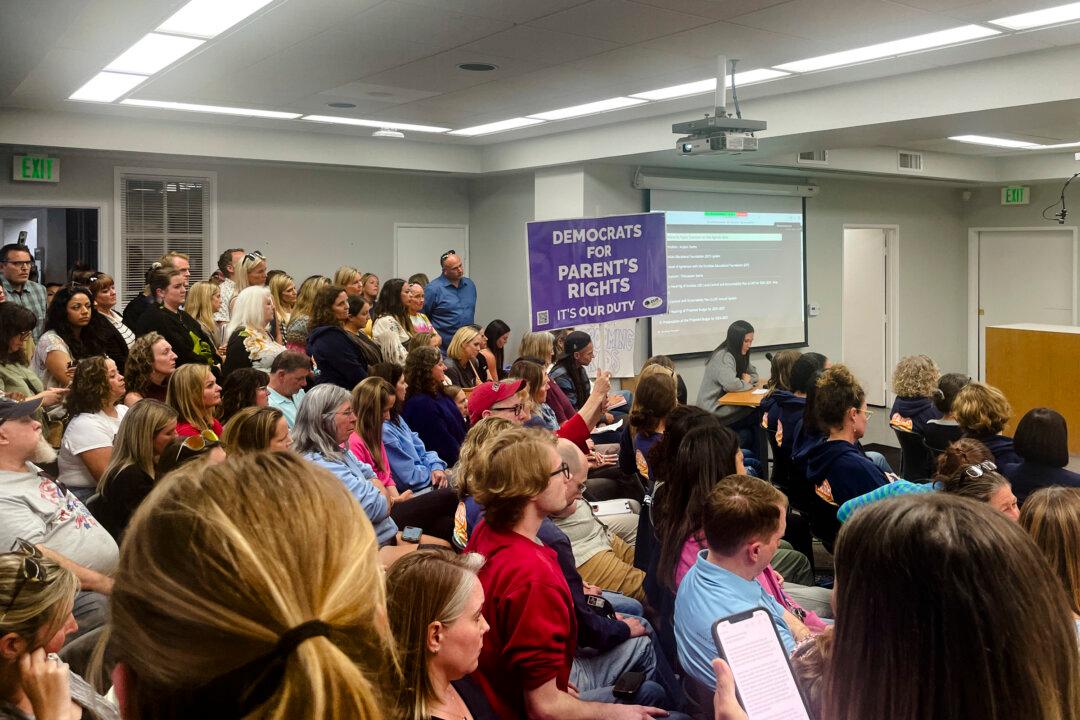As high school seniors across the country line up to receive their diplomas this month, public school leaders are looking ahead to continue the fight against chronic absenteeism so students can graduate on time.
The attendance problem reached a crisis level—a national average of about 31 percent in the 2021–22 academic year—when students in most states were expected to return to in-person learning after the COVID-19 pandemic.





